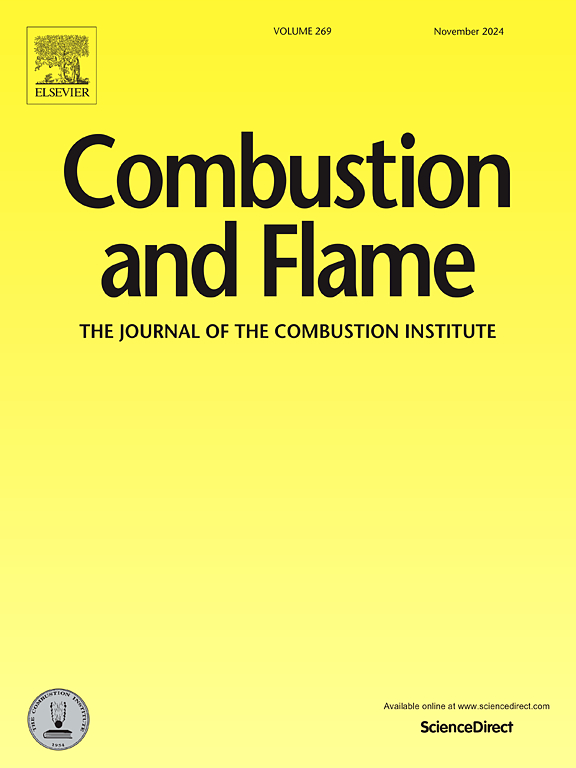A comparative study of two methods for estimating aluminum agglomerate sizes: Cohen's pocket model and density-based clustering
IF 5.8
2区 工程技术
Q2 ENERGY & FUELS
引用次数: 0
Abstract
The effectiveness of two calculation methods—Cohen's pocket model and the cluster analysis method (specifically Density-Based Spatial Clustering of Applications with Noise, DBSCAN)—was compared in predicting aluminum agglomeration on the burning surfaces of solid propellants. The comparison focused on the effects of ammonium perchlorate (AP) particle size, AP size gradation, and the relative proportions of coarse and fine AP. Experimental investigations were also conducted on four hydroxyl-terminated polyether (HTPE) propellant samples and compared with the two methods. The results show that with larger AP particle sizes and higher coarse AP content, both methods predict an increase in average aluminum volume—whether in a pocket (according to Cohen's pocket model) or in localized aluminum-rich regions (as identified by DBSCAN)—which is consistent with experimental results on agglomerate diameter variations. Additionally, DBSCAN more accurately predicts the number mean (D1,0) and number-volume mean (D3,0) agglomerate diameters, while the pocket model provides results that are closer to the volume-moment mean diameters (D4,3). For monomodal AP size distributions, the average aluminum volume calculated by DBSCAN correlates with the cubic power of AP size, which aligns with the results from the pocket model. However, for bimodal distributions, DBSCAN results deviate from the pocket model due to particle gradation effects. Using the Voronoi diagram, it was found that the spatial volumes partitioned by AP particles approximate a log-normal distribution. This finding explains the log-normal-like agglomerate size distributions predicted by DBSCAN and suggests that the pocket volumes should also follow a log-normal distribution when AP particles are graded and randomly distributed.
求助全文
约1分钟内获得全文
求助全文
来源期刊

Combustion and Flame
工程技术-工程:化工
CiteScore
9.50
自引率
20.50%
发文量
631
审稿时长
3.8 months
期刊介绍:
The mission of the journal is to publish high quality work from experimental, theoretical, and computational investigations on the fundamentals of combustion phenomena and closely allied matters. While submissions in all pertinent areas are welcomed, past and recent focus of the journal has been on:
Development and validation of reaction kinetics, reduction of reaction mechanisms and modeling of combustion systems, including:
Conventional, alternative and surrogate fuels;
Pollutants;
Particulate and aerosol formation and abatement;
Heterogeneous processes.
Experimental, theoretical, and computational studies of laminar and turbulent combustion phenomena, including:
Premixed and non-premixed flames;
Ignition and extinction phenomena;
Flame propagation;
Flame structure;
Instabilities and swirl;
Flame spread;
Multi-phase reactants.
Advances in diagnostic and computational methods in combustion, including:
Measurement and simulation of scalar and vector properties;
Novel techniques;
State-of-the art applications.
Fundamental investigations of combustion technologies and systems, including:
Internal combustion engines;
Gas turbines;
Small- and large-scale stationary combustion and power generation;
Catalytic combustion;
Combustion synthesis;
Combustion under extreme conditions;
New concepts.
 求助内容:
求助内容: 应助结果提醒方式:
应助结果提醒方式:


